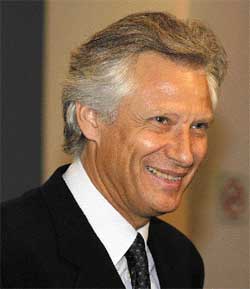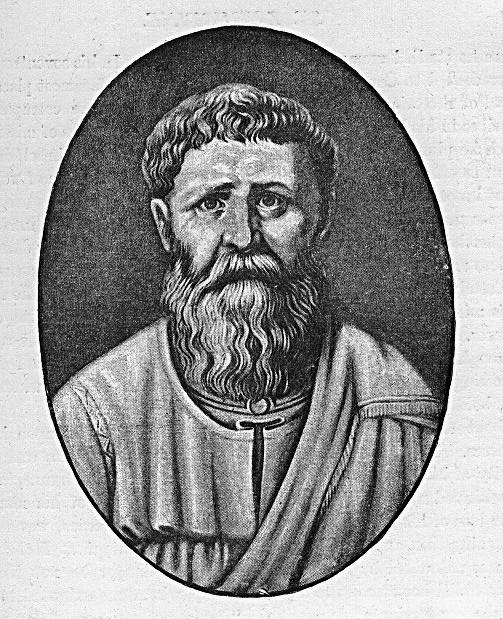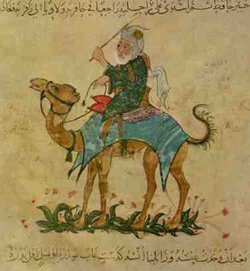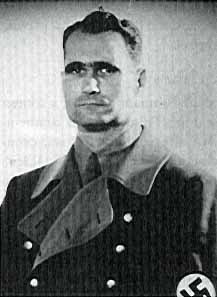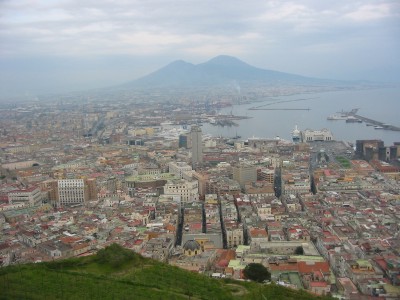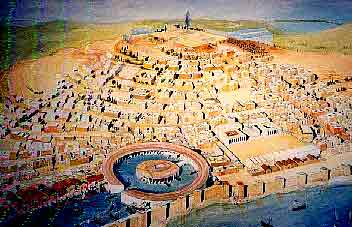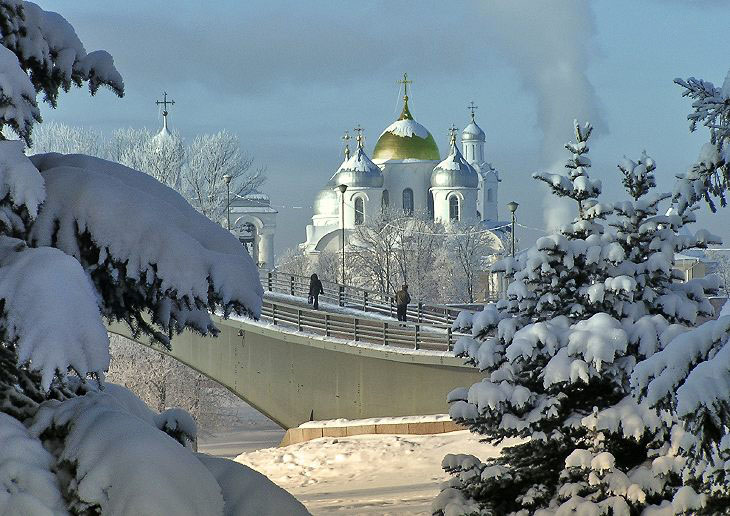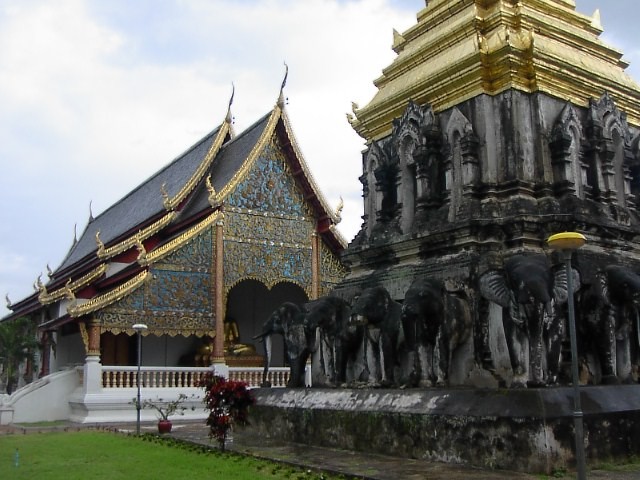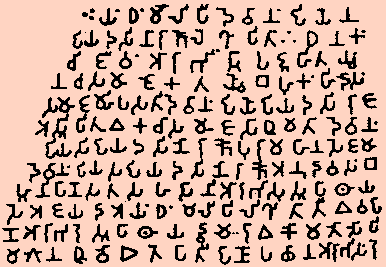My apologies to
Ciceronian, if you intended to submit more answers. I've extended the deadline as long as I think is fair to the other submitters.
The final scoreboard:
sydhe-- 14
Plotinus-- 7
Ciceronian-- 7
and Aion, a late submitter, takes the prize with 20 points. Good work!
The answers:
1. As most of you figured out, this is the Basilique de Notre Dame de la Paix, to be found in the city of Yamoussoukro, Cote d'Ivoire. It became the largest church in the world when the builders placed a cross on top of its dome, in defiance of Vatican demands that it be smaller than St. Peter's. Among other features, it contains stained-glass windows depicting Jesus, the twelve Apostles-- and the President of Cote d'Ivoire.
2. A tricky question that nobody answered correctly. I was hinting at the austere and devoted theologian Jacques Fournier, Bishop of Mirepoix and, later, Pope Benedict XII. Fournier was an Avignon pope, and in fact he ordered the construction of the papal palace there (image 1). He is known for his long-lived Inquisition into the remnants of Albigensian heresy (image 3 is sometimes known as the Cathar cross) in the Languedoc region of France, particularly described in great detail in E. Leroy Ladurie's close study of the town of Montaillou (image 2).
3. These are both saints whom the Church recently pronounced to be fictional. The first image depicts St. Hugh of Lincoln, with his identifying image of the swan (at his left wrist). The second is St. Christopher, who is sometimes said to have been a member of some kind of half-dog, half-human people prior to his conversion to the Christian faith.
4. This, as most of you knew, is Gilgamesh, the legendary Sumerian king. On his journey home from Uta-napishti's island home, he dove in the sea for a plant that would make him immortal. However, before he could make it home, a snake stole the plant from him while he bathed at a watering hole.
5. I'm surprised that nobody knew that this was Michelangelo's depiction of Cleopatra VII Ptolemy. The snake at her bosom should have been a good clue, I thought.
6. Lincoln Cathedral, built by William the Conqueror himself, towered over Europe for two and a half centuries before an earthquake toppled its spire, and it was not surpassed until the construction of the Eiffel Tower. The cathedral is still a gorgeous building-- one of the two or three finest churches in England, in my opinion-- and still dominates its city.
7. This was, in fact, a rendering of Genesis 3:6-7 in King Ælfred's standard Anglo-Saxon, and describes the consumption of the forbidden fruit by Adam and Eve. The passage with modern English cognates bolded:
Ða geseah ðæt wif ðæt ðæt treow wæs god to etenne, be ðam ðe hyre ðuhte, ond wlitig on eagum ond lustbære on gesyhðe, ond genam ða of ðæs treowes wæstme ond geæt ond sealde hyre were: he æt ða. Ond heora begra eagan wurden geopenode; hi oncneowon ða ðæt hi nacode wæron, sywodon him ficleaf, ond worhton him wædbrec.
Congratulations to Aion for working that one out!
8. This is a tenet of Jainism, rendered in the original Sanskrit as "Parasparopagraho jivanam".
9. This is Antinous, the youthful lover of Emperor Hadrian, who drowned himself at the age of 20 while in Egypt. The grief-stricken Emperor not only established a beauty-cult to Antinous that would persist for several centuries, but also founded the now-ruined city of Antinoopolis.
10. Major recognition here to Ciceronian, who knew from first-hand experience that the bath, colosseum, and barracks are all to be found in the lovely Welsh town of Caerleon. If I remember correctly (and if the heritage signs there were accurate), the colosseum is the only intact building of its kind in the British Isles, and the barracks is the only one ever found in Britain.
It is time for Aion to set the next quiz!


 And hopefully some other regulars such as Rambuchan and Ciceronian will give it a go.
And hopefully some other regulars such as Rambuchan and Ciceronian will give it a go.
